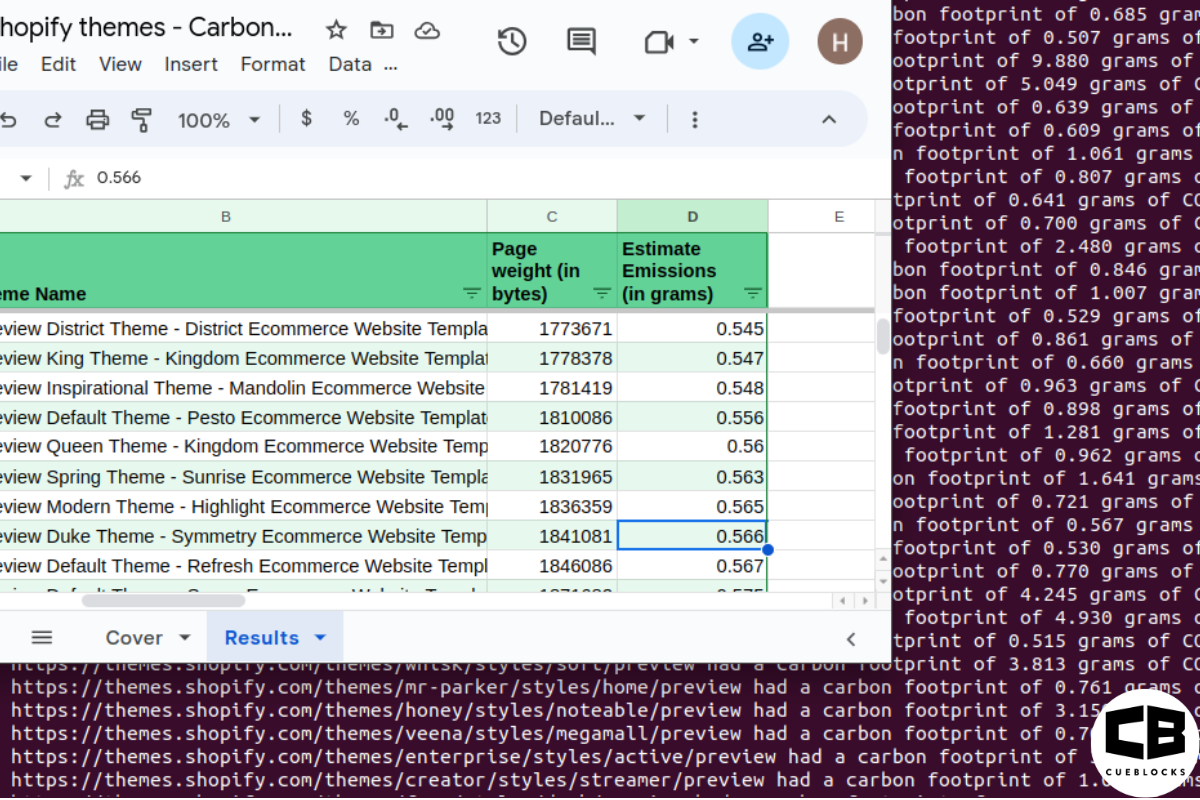
‘DATA’ WARS: Episode III: Revenge of Sony
Data is the most crucial element of computing. The very need for computers has arisen from the need of processing data. Right from the invention of the floppy disk to the more recent innovations of new storage formats, data storage has been one of the hottest research topics at most R&D centers all over the world.
Importance of data storage
Companies and educational research centers spend millions researching to present a new technology that might solve the problem of being able to provide much more space than is needed by one to store data on their computer. With advent of technology, the amount of data being provided by vendors has also increased tremendously. A Windows 95 installation in 1995, required you to have a free space of nearly 800 MB on your hard drive in order to be installed, today Windows Vista requires you to have close to 5-10GB free, depending on which version you install.
Today, data storage is a multi billion dollar industry in itself. Big companies have special data storage centers which are linked to the workstations in the complex. They are the backbone of the corporation with ready backup for all data that has been stored.
Recent times have seen two new optical storage (storage on a disc through laser) emerge. These are the HD-DVD (High Definition Digital Video Disc) and the BLU-RAY technology.
Format War
A format war describes competition between competing, and typically mutually incompatible, electronic media formats, usually very costly to the format-owning parties involved. It results from a failure to agree on a technical standard. The most recent format war has been the battle for emerging as the superior storage format between HD-DVD, developed by the DVD Forum and BLU-RAY, developed by Sony.
HD-DVD
The HD-DVD was developed as a successor to the hugely successful DVD format. DVDs were a breakthrough over the preceding format standard, compact discs (CDs). They gave a huge jump in terms of storage capacity, up from 750 MB to 8.4 GB (Dual Layer).
High Definition mostly concerns video encoding, giving much superior quality as compared to a standard encoded DVD. HD-DVDs have a storage capacity of around 15GB (Single Layer) and 30GB (Dual Layer). Although, in high definition format, around 3 hours of video can be recorded onto these discs, the capacity can be utilized to store any kind of data.
BLU-RAY
This new technology comes from the stables of one of the most admired tech companies in the world – Sony. Sony has been the trendsetter over the past few decades. They have given us amazing innovations like the Trinitron picture tube, Playstation, the Walkman and the Discman. Now, they have officially lodged themselves as a serious hardcore computer company by launching a new format called the BLU-RAY. BLU-RAY is amazing, it does what it sets out to do in the first place – make other storage options look minute in front of it. A standard single layer BLU-RAY disc can hold up to 25GB of data and a dual layer one can hold up to 50GB! Even if high definition video is encoded and stored, it provides a whopping 3 times more storage than HD-DVD.
BLU-RAY achieves this feat by using a shorter wavelength laser. In less technical terms, the shorter is the laser wavelength, the more data it can store effectively. People might ask, then why doesn’t a company just shorten these wavelengths and increase storage space. Well to start off, it would take close to 10 million dollars just setting up the test lab and employing technicians to do so. It is not an easy task and may take up to 5 years to just release a prototype. An example can be taken from the high pricing of the Playstation 3. The device is the most futuristic gaming console in the market. It comes equipped with a BLU-RAY player, which is considered a dream come true for most game designers as they do not need to keep space as a factor while building a game. However, as this is the first product released with the BLU-RAY technology and the company has to recover the money it spent on researching and developing it, the device is highly priced.
Who is the winner?
Well to be very honest, no one has been able to edge out the other as yet. People would like to use the BLU-RAY more than HD-DVD because of obvious reasons. However, the high pricing is a major hindrance for the same. On the other hand, HD-DVD players have been built around the standard DVD technology, making them much cheaper.
As storage demands continue to rise, BLU-RAY would eventually emerge as the winner according to me. It can offer you the option of having multiple virtual portable hard disks, each with a capacity of 50 GB. It is also the best alternative for viewing HD videos or as the medium for game publishing.
Pricing
In terms of gaming consoles, a typical Playstation 3 costs around $600, while a Microsoft Xbox 360 with a HD-DVD player retails for around $550. Although the price difference here is not that much, it is more prevalent in normal drives and stand alone video players. A stand alone BLU-RAY player retails at around $500 while a similar HD-DVD player is available for around $300. Similarly, a HD-DVD computer drive is available for around $150, while the same for BLU-RAY can cost up to $300.
Conclusion
I have always been a fan of Sony technologies, especially the Playstation. However, my reason to choose Sony’s BLU-RAY as the winner, is not just a reflection of the same. It has much better data transfer rates, higher storage and better engineering and design than any of the close competitors. Although it supports a hefty price tag, it must be remembered that all good things come at a price.
- About the Author
- Latest Posts
-
Evaluating the Carbon Emissions of Shopify Themes
by Harleen Sandhu
Committing to green claims as a business is a huge promise to deliver on. For ecommerce stores, Shopify is leading …
Continue reading “Evaluating the Carbon Emissions of Shopify Themes”
-
Dark Mode: Accessibility vs Sustainable Web Design
by BalbirIntroduction Dark mode, a feature that lets users switch the color scheme of an app or website to darker colors, …
Continue reading “Dark Mode: Accessibility vs Sustainable Web Design”
-
Discover Essential Sustainable Marketing Principles and Strategies for Ethical Business Growth
by Pancham Prashar
Given the major issues that our world is currently facing, such as pollution and climate change, sustainability becomes an inevitable …
-
Show, Don’t Tell: Demonstrating Transparency in Your eCommerce Store
by Pancham PrasharFor an eCommerce brand committed to good, success goes beyond creating excellent products; it extends to effectively communicating your values …
Continue reading “Show, Don’t Tell: Demonstrating Transparency in Your eCommerce Store”
-
How to Market Sustainable Products Effectively
by Nida Danish
In today’s market, sustainability has evolved from a passing trend to a pivotal consideration for both consumers and businesses. Globally, …
Continue reading “How to Market Sustainable Products Effectively”
-
Decoding B Corp Marketing Challenges: Strategies for Success
by Nida DanishToday, businesses place high importance on sustainability and ethical practices. For B2B and e-commerce leaders, being a certified B Corp. …
Continue reading “Decoding B Corp Marketing Challenges: Strategies for Success”




